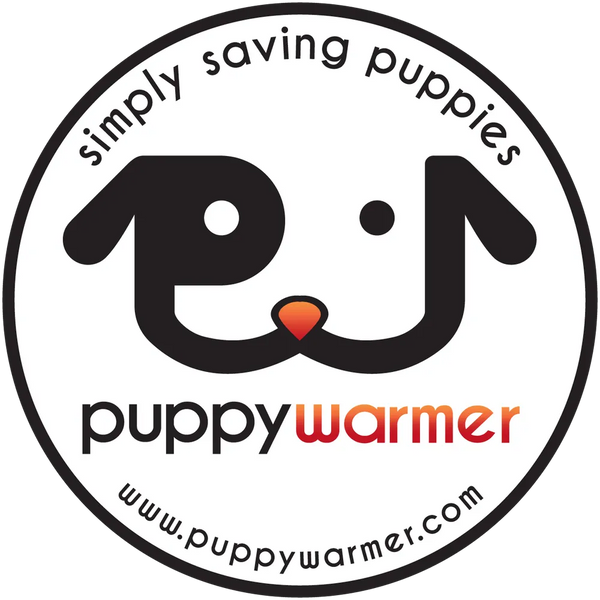Aspiration Pneumonia in Puppies
Share
Note: This information is intended to supplement, not replace a veterinary diagnosis. Prevention methods discussed are intended to offer options for early preventative action. If a puppy is suspected of having bacterial pneumonia due to aspiration, condition and treatment can vary. We strongly recommend a veterinary consultation if bacterial pneumonia due to aspiration is suspected.
Breeders often use the term Aspiration Pneumonia. This is often medically described as bacterial Pneumonia, and the root cause is mostly aspirated milk, though it is possible to aspirate mush.
- Aspiration (when no cleft is present) is often caused by milk flowing faster than the puppy can ingest. The two most powerful teats on the mother dog are usually the two closest to the hind legs. These are great for your most robust feeders but can have the risk of too strong of a flow rate for a weaker feeding puppy.
- If you see milk around the nose of a puppy, the next breath likely brings some of the milk into the lungs. When the material spoils, this is how the bacteria is formed. Nebulizing saline when you first see milk around the nose will help the puppy expectorate the foreign material. Use a bulb Syringe or Delee Mucus trap to get some of the milk out, then nebulize for 4-6 minutes; wait an hour and allow the saline to loosen up the material, then expectorate. Repeat these steps every couple of hours for 4 times or so. This helps you get much of the milk out of the lungs before it spoils. This can lessen or prevent bacterial pneumonia.
If you are at the point where you suspect bacterial pneumonia, please consult your veterinarian:
- Nebulize for 4-6 minutes, wait an hour, and let the saline loosen up the material then expectorate. Repeat these steps every couple of hours six times or so. (can vary based upon the severity of the bacterial pneumonia)
- Your veterinarian may want to prescribe medicine specific to your puppy’s condition. It is important to note that, while seemingly less possible, viral pneumonia also exists. The puppy must be properly diagnosed to prescribe the right medicine. If the source of the pneumonia is aspirated milk, the veterinarian would prescribe a medicine that kills off bacteria. This is essential to giving your puppy the best probability of returning to a healthy condition sooner.
- Techniques such as coupage (lightly tapping the ribs and back) can help free foreign material.
Elevating the head helps with breathing and expectorating foreign material. Some breeders use the “pup in a cup” method—where the pup is upright in a coffee cup with bedding while nebulizing. This allows gravity to help the nebulized saline assist the puppy in expectorating the foreign material and aids the caregiver in extracting the foreign material with a bulb syringe or DeLee mucus trap.
